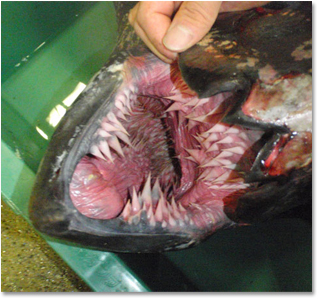

Unlike terrestrial turtles, sea turtles have flippers instead of feet. Sea turtles are reptiles and therefore are ectothermic (cold blooded), lay eggs, and have scaly skin, claws and lungs. But most importantly, keep learning about sea turtles, and sharing the information about what makes them so special and worth protecting.Although each of the sea turtles is unique, they share many general characteristics. To help Florida’s nesting sea turtles and their hatchlings, you can take simple actions such as cleaning up the beach at the end of your day to eliminate food and trash that attracts unwanted hatchling predators, raising awareness to make sure people with beachfront property turn off their lights during nesting season, and oppose coastal armoring. Another huge issue is the presence of artificial lighting at night, as it can disturb nesting females and prevent hatchlings from reaching the ocean. Additionally, human trash and leftovers on beaches attract predators such as raccoons, foxes, and coyotes that dig up eggs for food. Coastal armoring, including sea bags and seawalls built to protect erosion of beachfront property, prevents female sea turtles from using ideal nesting grounds. While these outcomes simply are part of the circle of life, threats to nesting and sea turtle survival also are a direct result of humans. Two main obstacles for hatchlings are the predation of birds, crabs, and dune animals as well as dehydration that occurs if the turtle’s trek to the ocean is too slow. Sadly, only about one in 1,000 sea turtles survive to adulthood. By climbing on top of the broken shells, the turtles work together to dig out of the nest and stick together to maintain safety in numbers from predators as they make a break for the safety of the surf.
#SEATURTLE TEETH FREE#
Once one hatchling breaks free of its shell in the egg chamber, this stimulates the other baby turtles to break free. The hatchling will break free of its shell using an egg tooth called a caruncle.

This is known as temperature-dependent sex determination, which could prove an issue for the diversity of sea turtles as the overall sand temperature becomes warmer due to climate change and more females are produced than males.Īfter the incubation period of about two months concludes, the hatchlings all crawl out of their nest at the same time, which is commonly referred to as a turtle boil. The mother’s job is done once the eggs have been laid, and the nest is left to nature so the eggs can incubate for about 60 days.ĭuring this time, the temperature of the surrounding sand determines whether the baby sea turtles in that clutch become male or female. On average, females lay three to six nests a season, and nests every two to four years. The sea turtle attempts to camouflage the location of the nest from predators by using the underside of her shell to pack down damp sand on top of the nest and by throwing dry sand behind her as she retreats to the ocean. Once the female finishes laying her clutch, she uses her rear flippers to completely cover the egg chamber with sand. The clutch, which is the number of eggs the sea turtle lays, is usually between 80-120 eggs, although it varies by species, and almost fills the egg chamber dug by the female. This process of contractions and laying eggs is repeated until the female is finished. Then she enters contractions, followed by a quick succession of one to four glistening white ping-pong-shaped eggs plopping into her nest at a time. Under the guise of night, the female hauls herself up the beach until she finds the perfect setting to dig her nest, preferably someplace quiet and dark.įirst, the female digs a body pit using all four flippers and then uses her rear flippers to dig an egg chamber as deep as her flippers can reach. These turtles mate in the coastal waters offshore, and then the females crawl onto the beach to lay their eggs. In 2020, more than 130,000 sea turtle nests were laid in the state of Florida with more than 39,000 of those nests occurring in Brevard County. Three of these – leatherback, loggerhead, and green – nest regularly on Brevard County beaches. In fact, 90 percent of all sea turtle nesting in the United States occurs on Florida’s beaches.įive out of the seven species of sea turtles can be found in Florida waters: hawksbill, Kemp’s ridley, loggerhead, leatherback, and green sea turtles. If you walk along Florida beaches at night from May to October, you might be able to witness the magical event of a sea turtle nesting. Photo courtesy of Joel Cohen, Brianna Forte Loggerhead sea turtles nest regularly on Brevard County beaches, which are part of the world’s most important nesting area for this protected species.


 0 kommentar(er)
0 kommentar(er)
